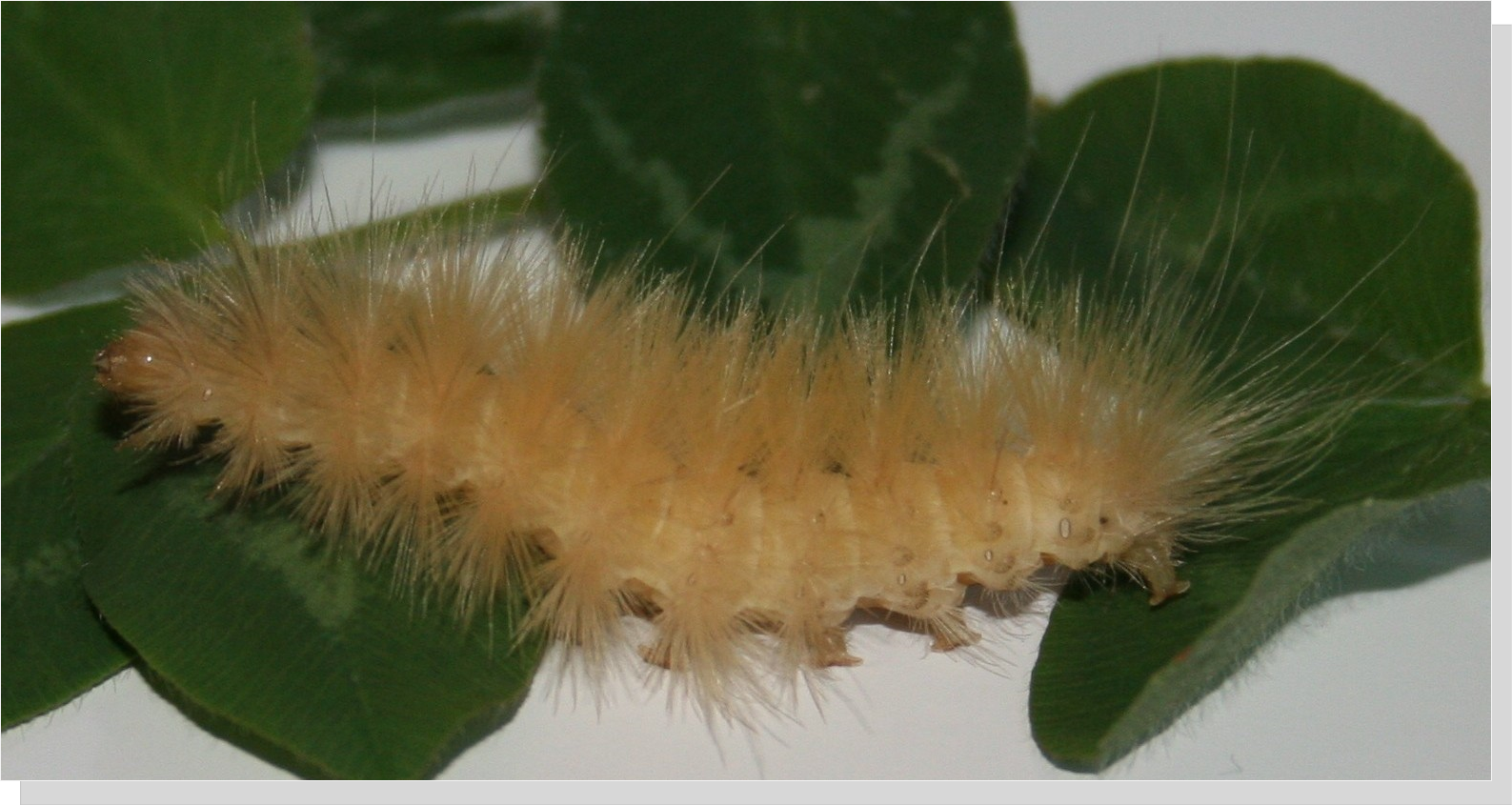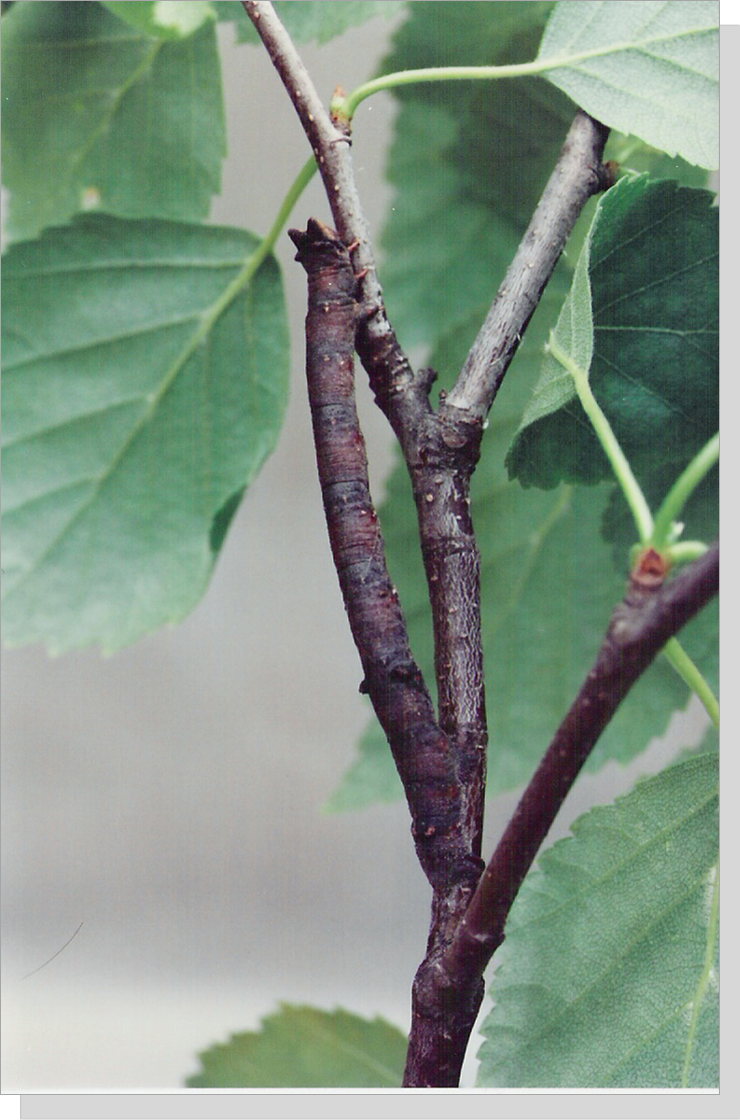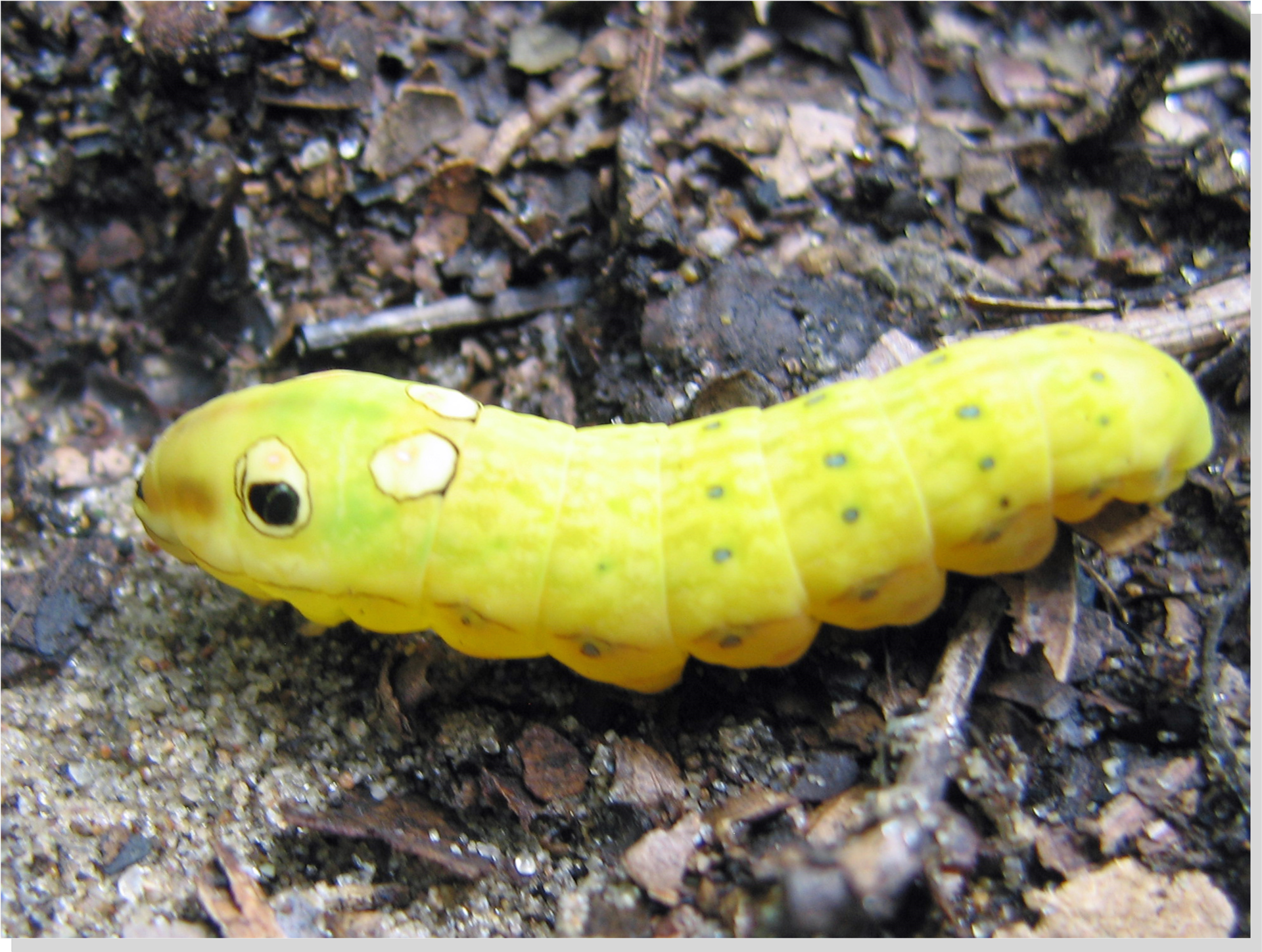
VIEW ON NATURE: Crazy Cats
By: Stephen L. Wendt
 Tobacco Hornworm Caterpillar, Luray, Virginia. Photo by the author with all rights reserved.
Tobacco Hornworm Caterpillar, Luray, Virginia. Photo by the author with all rights reserved.
Met-a-mor-pho-sis – a change of the form or nature of a thing or person into a completely different one, by natural or supernatural means. To me, the complete transformation of caterpillars into butterflies or moths is both natural and supernatural.
When you see a beautiful butterfly or moth, do you ever wonder what the adolescent caterpillar looked like? Like the adults, caterpillars come in every size, color, and pattern, from small, medium, large, skinny, plump, fat, short, and long in every imaginable color. But their variety doesn’t stop there when you consider the seemingly endless array of color designs, stunning camouflages, and textures. What other animal species comes in different textures -- smooth, bumpy, furry, fuzzy and spikey?! Rest assured, with 1,386 species of butterflies and over 400 species of moths recorded in Virginia, there’s a whole lot of caterpillar diversity!
Serving as a vital food source for birds, insects, amphibians, reptiles, and other predators pushed caterpillars’ ancient ancestors to adapt to offset their vulnerabilities. Of all living creatures in Virginia, I’m most impressed and amazed at how caterpillars have evolved to protect themselves though camouflage, deception, intimidation, and weaponry.
Caterpillars are masters of concealment right out in the open. OMG! Many look exactly like the plants they eat and twigs they travel on. Barron’s caterpillar perfects camouflaging to invisibility with its flat body and vein-like leaf coloring. And then there’s some, like the catalpa sphinx moth caterpillar, who are spot-on replicas of bird droppings! Others stay safe though mimicking menacing figures such as the snake caterpillar which masquerades as a small snake with a big menacing head .
Several caterpillars have evolved to imitate parts of their own bodies, such as the tobacco hornworm with its long red “horn” conspicuously protruding from its back end. Meant to imitate antennae, the horn tricks would-be predators into grabbing the wrong (less vulnerable) end. Eyespots on the caterpillars’ bodies serve the same purpose of predator misdirection. Yet others have adapted color patterns nearly identical to those of species like the monarch butterfly that predators avoid due to the toxin from the host milkweed plant that monarchs eat.
The vast majority of the nearly 1,800 caterpillar species in Virginia are completely harmless. But six are known as “stinging” caterpillars, including the saddle-back, puss, hackberry, hagmoth, leaf slug, and buck moth caterpillars. They have hollow, venom-filled bristles or hairs that serve as defense mechanisms against predators. When brushed against, the tips of the bristles break off, allowing venom to ooze out or be injected. To us, this can trigger a mild redness, swelling, itchiness, or a rash to welts, a stinging sensation, or more severe immune responses. In all my years in the forests and fields, I’ve only been accidentally “stung” by a buck moth caterpillar with minor repercussion.
But when I see my next caterpillar I’ll be thinking who will you be changing into? What’s it like to completely transform from a crawling to a flying creature? What’s it like emerging as an entirely new life form? The answer: amazing…simply amazing!
Reproduction of any article or photograph requires the written permission of the
The ENDEAVOR News Magazine. Unless otherwise noted, photographs are courtesy of the Annandale Chamber of Commerce photographic archive, Wikipedia, and private collections with all rights reserved.
(Copyright © 2012 Annandale Chamber of Commerce. All rights reserved. (Photographs & images, on this page, and on this website, are not available for use by other publications, blogs, individuals, websites, or social media sites.)

Spurge Hawk-Moth Caterpillar
By Daniel Schwen - Own work, CC BY-SA 4.0, https://commons.wikimedia.org/w/index.php?curid=2502284

Flannel Moth Caterpillar
Photo taken in Luray, VA by S.L. Wendt

Yellow Bear or Virginia Tiger Moth
Spilosoma Virginica
By Meganmccarty - Own work, Public Domain, https://commons.wikimedia.org/w/index.php?curid=5272724
Bison Betularia Caterpillar on Birch
demonstrating twig mimicry and effective countershading. By Noor MAF, Parnell RS, Grant BS - A Reversible Color Polyphenism in American Peppered Moth Caterpillars, Wikipedia
 Spicebush Swallowtail
Spicebush Swallowtail
by GregTheBusker at https://flickr.com/photos/17004938@N00/371490688
Copyright 2012 Annandale Chamber of Commerce. All rights reserved. Privacy Policy

